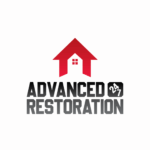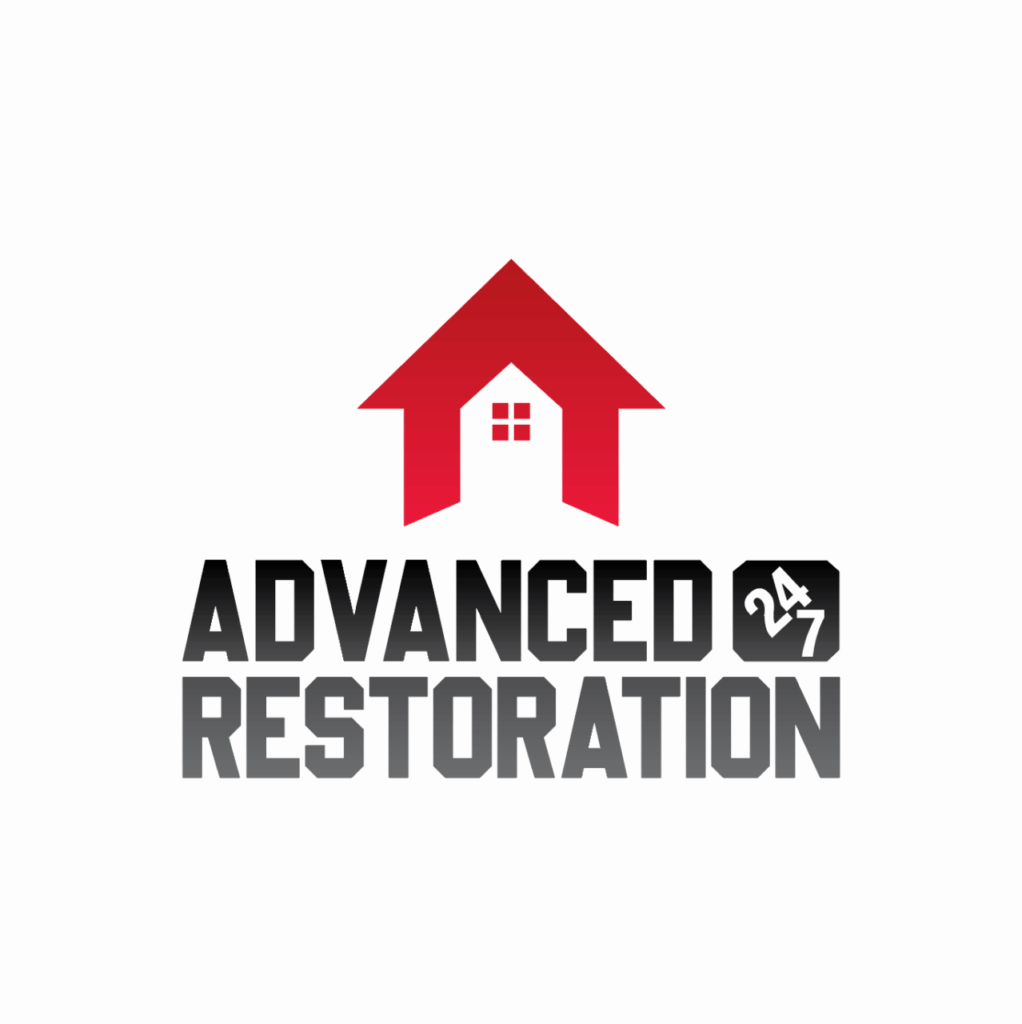Imagine a scenario where your home has been flooded with sewage. The potential health risks of such a situation are not to be taken lightly. That’s why it is crucial to understand how to safeguard your health during sewage cleanup.
This discussion will explore eight essential tips to help you navigate this challenging process safely and effectively. From proper protective equipment to preventing cross-contamination, these tips will give you the knowledge you need to protect yourself and your loved ones.
So, let’s dive in and ensure your safety in the face of sewage cleanup.
Understanding Sewage Cleanup Risks
When it comes to sewage cleanup, you must understand the potential risks involved. Sewage contains various health hazards that can harm you and your loved ones. Exposure to sewage can lead to infections, diseases, and other serious health issues. Therefore, it’s important to take appropriate safety measures to protect yourself during the cleanup process.
One of the major health hazards associated with sewage cleanup is the presence of harmful bacteria and viruses. These microorganisms can cause gastrointestinal infections, respiratory infections, and skin infections. Additionally, sewage may contain hazardous chemicals and toxins that further jeopardize your health. It’s essential to wear protective clothing, such as gloves, goggles, and masks, to minimize direct contact with sewage and prevent inhaling harmful fumes.
Another risk to be aware of during sewage cleanup is the potential for physical injuries. Sewage backup can create slippery surfaces, increasing the risk of falls and injuries. Sharp objects or debris may also be present, which can cause cuts or puncture wounds. To reduce the chances of accidents, wear sturdy footwear with slip-resistant soles and use caution when moving around the affected area.
Importance of Personal Protective Equipment
You must understand the importance of wearing personal protective equipment (PPE) to ensure your safety during sewage cleanup.
When dealing with sewage, you’re exposed to various health risks, including bacteria, viruses, and harmful chemicals. Wearing the right PPE can significantly reduce your chances of getting sick or injured.
The importance of personal protective equipment can’t be overstated. PPE is a barrier between you and the hazardous substances in sewage. It includes gloves, goggles, masks, and protective clothing. These protect your skin, eyes, and respiratory system from direct contact with sewage and its contaminants.
Gloves are crucial to prevent direct exposure to sewage, which can contain harmful bacteria and viruses. Wear sturdy, waterproof gloves that cover your hands and wrists completely. Goggles or a face shield should be worn to protect your eyes from splashes or sprays of sewage. Respiratory masks are essential to prevent inhalation of harmful fumes or airborne pathogens.
In addition to gloves, goggles, and masks, it’s important to wear protective clothing. This includes coveralls or a waterproof suit, which shields your body from coming into contact with sewage. It’s also recommended to wear rubber boots or waders to protect your feet from contaminated water.
Proper Handling and Disposal of Contaminated Materials
Properly handling and disposing of contaminated materials is crucial for ensuring safe and effective sewage cleanup. When dealing with contaminated waste, following the correct disposal protocols is essential. By doing so, you protect yourself and others from potential health hazards and contribute to your community’s overall well-being.
Here are three important things to keep in mind:
- Seal and label: Always make sure to seal any containers or bags that contain contaminated waste properly. This will prevent any leakage or spread of harmful substances. Remember to label these containers clearly as ‘contaminated’ to alert others and avoid any accidental exposure.
- Use designated disposal areas: It’s important to dispose of contaminated materials in designated areas specifically designed for this purpose. These areas have the necessary infrastructure and safety measures to properly handle and treat hazardous waste. Using these designated disposal areas ensures that the waste is managed in the most appropriate and environmentally responsible way.
- Follow local regulations: Different regions may have specific regulations and guidelines when it comes to the handling and disposal of contaminated waste. It’s crucial to familiarize yourself with these regulations and follow them accordingly. This not only helps you avoid any legal consequences but also ensures that you’re doing your part in maintaining a clean and healthy environment for everyone.
Minimizing Exposure to Sewage Contaminants
You can minimize your exposure to sewage contaminants by prioritizing your safety and health. Preventing infections should be your top priority when dealing with sewage cleanup. To achieve this, it’s essential to follow proper cleaning techniques.
Firstly, wear the appropriate personal protective equipment (PPE). This includes gloves, goggles, rubber boots, and a facemask. These protective gear items act as barriers between you and the harmful contaminants present in sewage. Remember to wash your hands thoroughly with soap and clean water after removing the PPE to reduce the risk of infection further.
When cleaning up sewage, using the right cleaning techniques is crucial. Start by removing any visible solid waste using a shovel or scoop. Dispose of the waste in a sealed bag or container. Then, use a disinfectant solution to clean the affected area. This solution should contain bleach or another EPA-approved disinfectant. Follow the disinfectant’s label instructions for proper dilution and contact time.
While cleaning, ensure proper ventilation by opening windows and using fans to circulate fresh air. This will help to reduce the concentration of sewage contaminants in the air. Additionally, avoid using high-pressure water sprays as they can aerosolize the contaminants, increasing the risk of inhalation.
Lastly, clean and disinfect any tools or equipment used during the cleanup process. This includes mops, buckets, and brushes. Properly disinfecting these items will prevent cross-contamination and the spread of harmful bacteria.
Effective Ventilation and Air Quality Control
Ensure that ventilation is effectively implemented and air quality is controlled during sewage cleanup to minimize the risk of contamination. Proper ventilation techniques and air pollution control are crucial in creating a safe and healthy environment for the cleanup crew and the surrounding community.
Here are three important factors to consider:
- Regular air exchange: Open windows and doors to allow fresh air to circulate. This helps to remove foul odors and prevent the buildup of harmful gases. Adequate air exchange also reduces the concentration of airborne contaminants, improving the overall air quality.
- Use of exhaust fans: Install exhaust fans in areas where sewage cleanup is performed. These fans help to remove contaminated air and direct it outside, preventing it from spreading to other parts of the building. The risk of inhaling harmful pathogens or toxic substances is significantly reduced by effectively removing the polluted air.
- Air filtration systems: Consider using air filtration systems equipped with HEPA (high-efficiency particulate air) filters. These filters can trap microscopic particles, including bacteria and viruses, ensuring the air is clean and safe to breathe. Air filtration systems are particularly beneficial in enclosed spaces with limited natural ventilation.
Preventing Cross-Contamination in the Cleanup Process
To prevent cross-contamination during the cleanup process, take necessary precautions to maintain hygiene and minimize the spread of harmful pathogens. One of the most important steps you can take is preventing bacterial growth. Bacteria can quickly multiply and cause serious health issues if not properly addressed.
Wear protective clothing, such as gloves and masks, to avoid direct contact with the sewage and reduce the risk of contamination.
Disinfection techniques are crucial in preventing cross-contamination as well. Use appropriate disinfectants to kill any bacteria or viruses that may be present in the sewage. Follow the instructions provided by the manufacturer and ensure that the disinfectant is effective against a wide range of pathogens. Pay special attention to high-touch surfaces, such as countertops, doorknobs, and light switches, as they can easily contaminate and spread harmful bacteria.
Proper cleaning procedures are also essential in preventing cross-contamination. Start by removing any visible debris or waste using disposable materials, such as paper towels or disposable cloths. Avoid using sponges or reusable cleaning materials that can harbor bacteria. Clean the area with a disinfectant solution once the area is clear of debris. Make sure to scrub all surfaces, including floors, walls, and fixtures, to remove all traces of sewage.
In addition to these measures, always wash your hands thoroughly with soap and water after handling sewage or cleaning contaminated areas. This will help prevent the spread of bacteria to yourself or others. Remember to properly dispose of all waste and contaminated materials in sealed bags or containers to avoid contamination.
Ensuring Proper Hygiene Practices
Maintaining proper hygiene practices is essential in safeguarding your health during sewage cleanup to prevent the spread of harmful pathogens and ensure a safe environment. You can protect yourself and your loved ones from potential health risks by taking necessary hygiene precautions and implementing effective infection control measures.
Here are three important practices to follow:
- Personal Protective Equipment (PPE): Wearing appropriate PPE, such as gloves, goggles, and masks, is crucial in minimizing contaminant exposure. It creates a barrier between you and the hazardous substances, reducing the risk of infection. Safety starts with you, so always prioritize your well-being using the necessary protective gear.
- Hand Hygiene: Proper handwashing is a simple yet powerful way to prevent the spread of harmful bacteria and viruses. Make sure to wash your hands thoroughly with soap and water for at least 20 seconds before and after handling sewage or any contaminated items. If soap and water aren’t readily available, use an alcohol-based hand sanitizer containing at least 60% alcohol.
- Cleaning and Disinfection: Regularly cleaning and disinfecting the affected areas is essential in eliminating pathogens and maintaining a clean environment. Use appropriate disinfectants recommended for sewage cleanup, and follow the instructions carefully to ensure effective disinfection. Pay attention to frequently touched surfaces, such as doorknobs, faucets, and countertops.
Seeking Professional Assistance and Evaluation
Consider contacting a professional for assistance and evaluation to ensure a thorough and expert assessment of the sewage cleanup process. When dealing with sewage, it’s crucial to prioritize your health and safety. Professionals trained in sewage cleanup have the expertise and knowledge to handle the situation effectively and minimize the risk of health hazards.
A professional evaluation is essential to determine the extent of the damage caused by the sewage and identify potential health risks. They’ll assess the affected areas, including walls, floors, and furniture, to determine the best course of action for cleanup and restoration. Their expertise allows them to identify hidden dangers and ensure that all contaminated materials are properly removed and disposed of.
In addition to a thorough evaluation, a health assessment is crucial to identify any potential health risks associated with exposure to sewage. Sewage contains a variety of harmful pathogens and bacteria that can cause serious illnesses, such as gastrointestinal infections, respiratory issues, and skin infections. A professional will evaluate the level of contamination and recommend appropriate measures to protect your health.
Seeking professional assistance also saves you time and effort. Cleanup can be complex and time-consuming, requiring specialized equipment and techniques. Professionals are equipped with the necessary tools and know to complete the cleanup efficiently and effectively. They can also help prevent further damage to your property by addressing potential structural issues caused by the sewage.
Summary
So remember, when it comes to sewage cleanup, protecting your health is crucial.
By following these essential tips, such as wearing the right protective gear and properly disposing of contaminated materials, you can safeguard yourself from harmful sewage contaminants.
Just like a sturdy umbrella shields you from a downpour, taking these precautions will shield you from the potential risks of sewage cleanup.
Stay safe and healthy!
Advanced 24/7 Restoration’s mission is to provide unparalleled care and support to our valued clients. Delivering the best solutions for your property restoration needs. Our vision is to be the top-rated damage restoration company in Denver, known for our exceptional services, professionalism, and dedication to customer satisfaction. Water damage, fire damage, flood damage, and more.
- This author does not have any more posts


